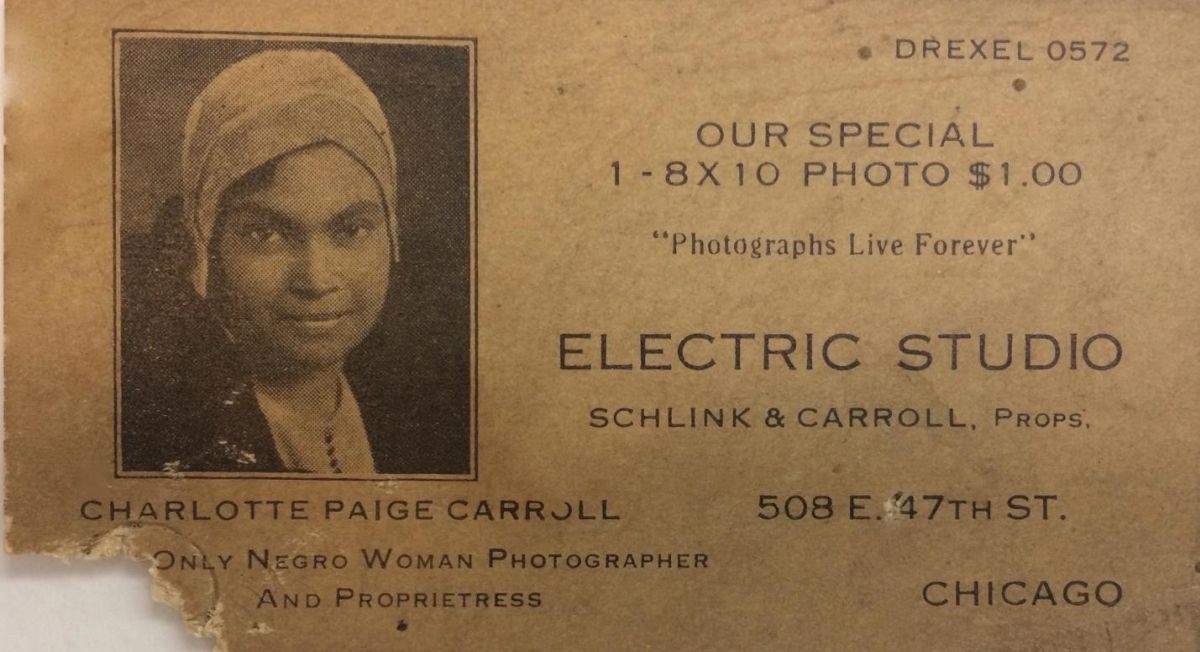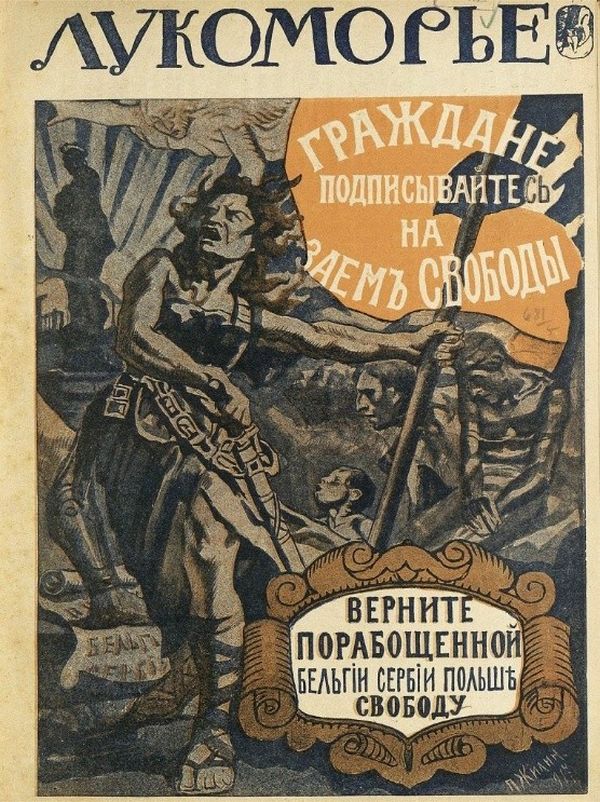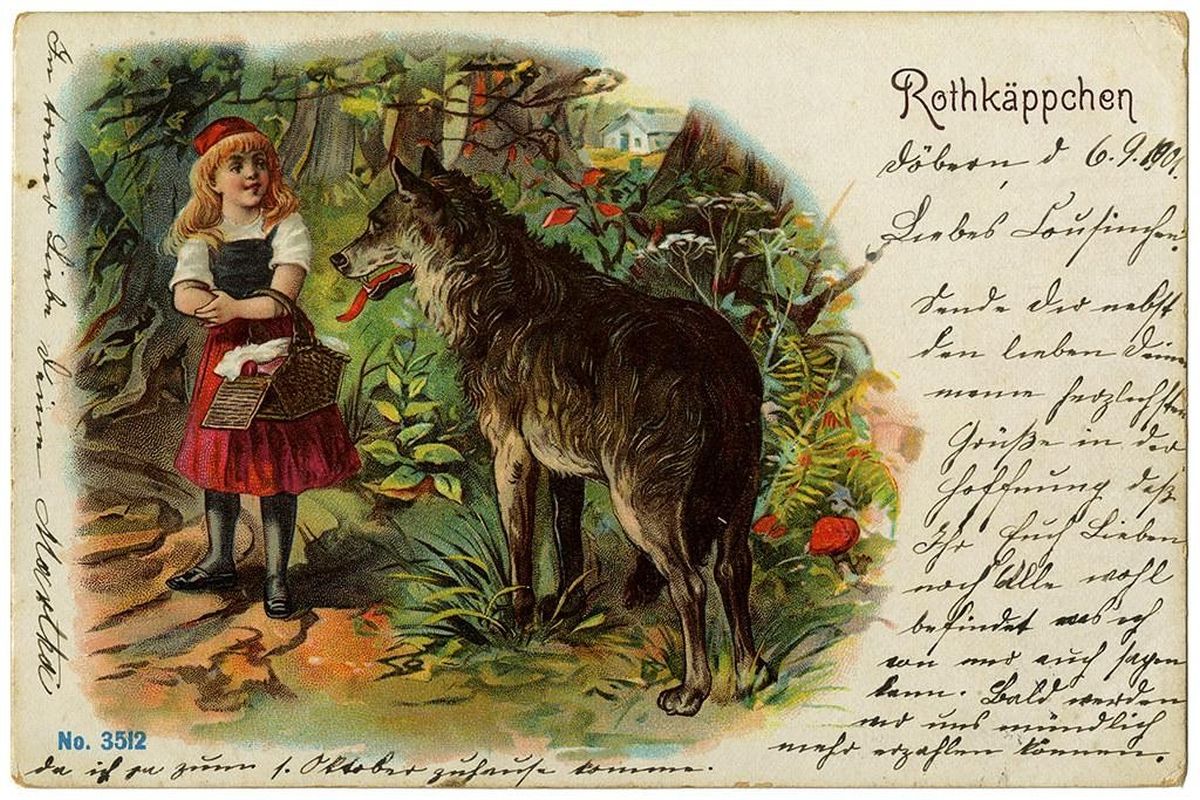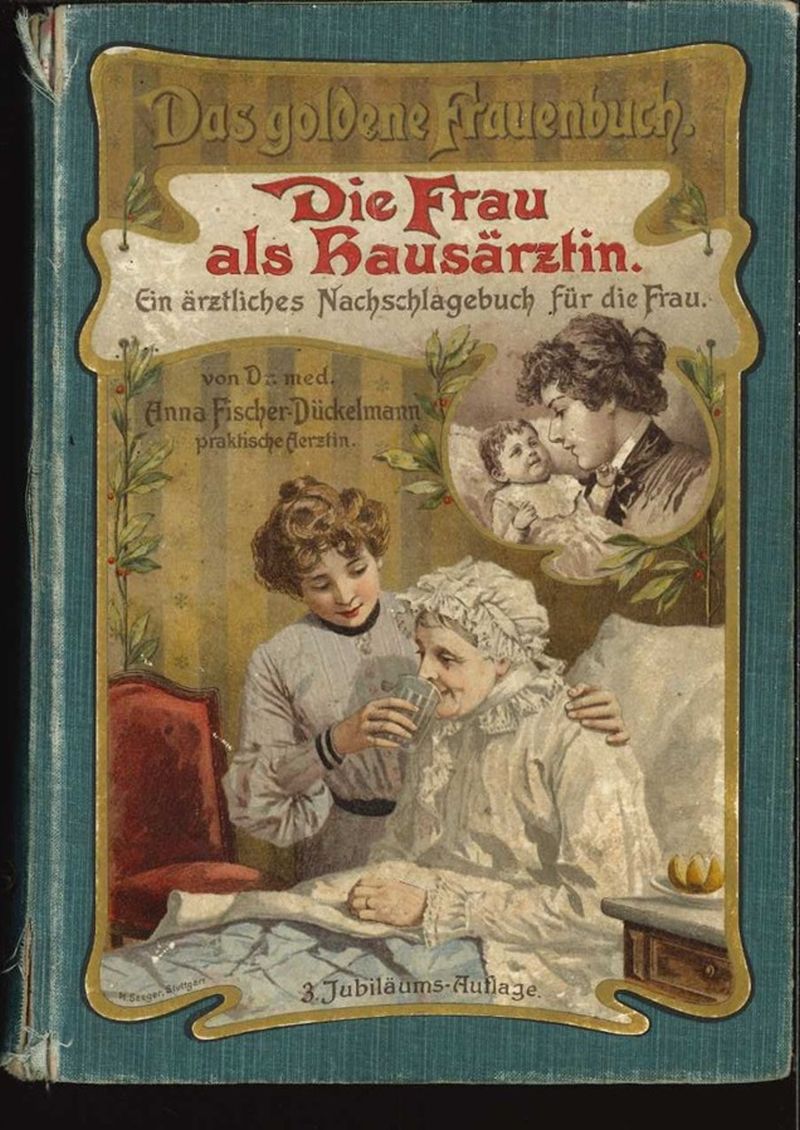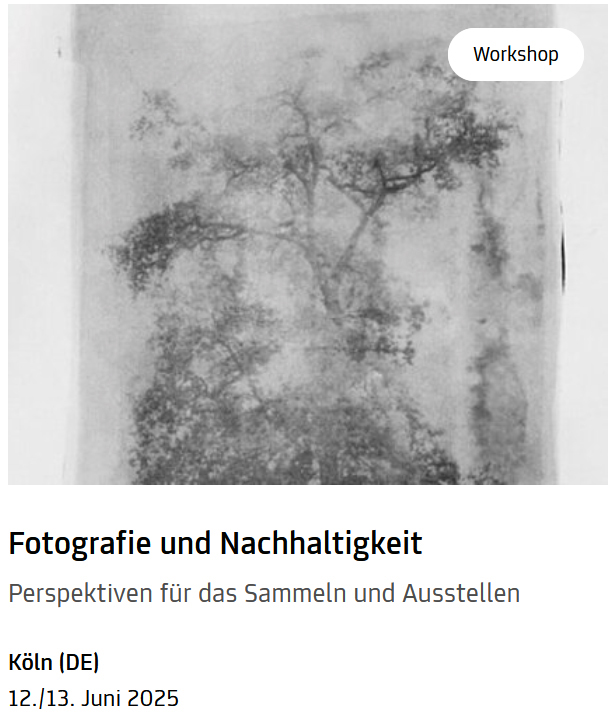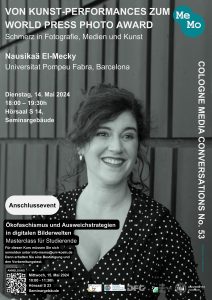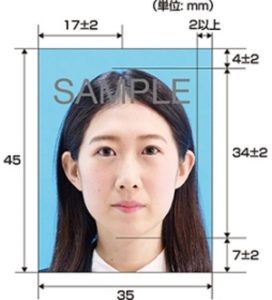Customs and Declarations: Research Strategies for Uncovering the Hidden History of a Black Woman Photographer
Quelle: https://visual-history.de/2025/10/27/mooney-customs-and-declarations/
Gendered Bodies on Soviet Posters, 1917-1924
Quelle: https://visual-history.de/2025/10/20/wood-gendered-bodies-on-soviet-posters-1917-1924/
Ambiguous Representations of Gender in Late Eighteenth- and Early Nineteenth-Century Illustrations in German Children’s Literature
Putting Images to Work – Gender and the Visual Archive
Fotografie und Nachhaltigkeit. Perspektiven für das Sammeln und Ausstellen
Quelle: https://visual-history.de/2025/06/02/fotografie-und-nachhaltigkeit/
Rezension: Gerhard Paul, Die Bundesrepublik. Eine visuelle Geschichte
53. Cologne Media Conversations, 14./15. Mai 2024
Quelle: https://visual-history.de/2024/05/13/53-cologne-media-conversations/
Video Essays in Rural History
History is on everyone’s lips. Museums, commemorative events and autobiographies are more popular than ever. But historical findings deriving from scientific research hardly find their way into the media and contemporary political debates anymore. And historians who do take part in public debates are often reduced to their status as “experts of the past”.
While the reasons for these developments are complex, they are obviously also due to the fact that texts have lost a lot of their importance as forms of communication at the expense of images, especially moving images. When films become a dominant form of communication in the daily life of most people, historians cannot ignore the medium any longer when it comes to the communication of their insights.
The aim of the series Video Essays in Rural History is to communicate knowledge gained from historical research based on written and audio-visual sources in the form of video essays. It intends to stimulate interdisciplinary exchange and to encourage scholarly cross-fertilisation that is crucial for understanding the past and present of rural societies.
[...]
Quelle: https://visual-history.de/2023/11/08/wigger-video-essays-in-rural-history/
Historicizing Personal Identification and its Implication for Pandemic Response
Secure and precise personal identification is essential for the continuation of socioeconomic activities during a pandemic. In Japan, the main region of focus for this research, this became even clearer between 2020 and 2021 when multiple cases of online fraud involving identity theft took place, including a series of document forgery to receive a financial relief package and taking online job tests for someone else. When the next pandemic and the next lockdown come in the future, our society needs to be better prepared to face this challenge of continuing life under severely restricted in-person communication.
While there are various means of identification in our society today, such as fingerprints, PINs and passwords, identification by means of a photo ID is one of the most commonly used methods. Even with the emergence of new technologies such as facial recognition, ID card with portrait photographs still play an important role as they have already achieved a wide social acceptance and they are relatively cheap to produce or obtain. This trend is unlikely to change when a next pandemic compels us to replace face to face contacts with online interactions. Learning how portrait photographs have functioned in the context of personal identification, therefore, has policy relevance in our contemporary world in addition to being an intriguing subject of study in the field of visual history.
In order to gain historical insight into this issue, this study conducts a historical analysis of the policy debates and public discourses over the spread of personal identification technologies through a case study of ID photographs in 20th century Japan (see photograph 1).
[...]

